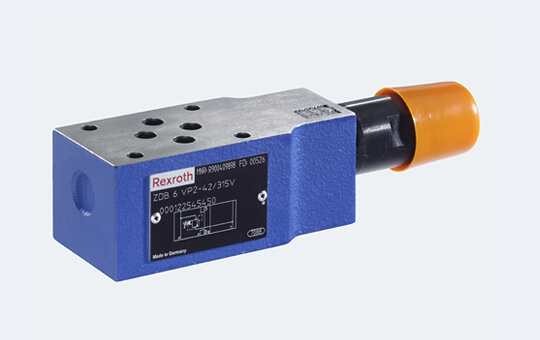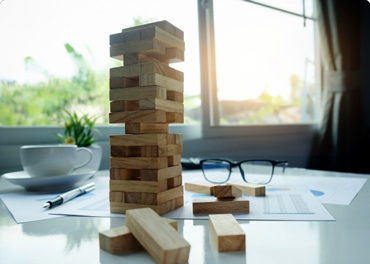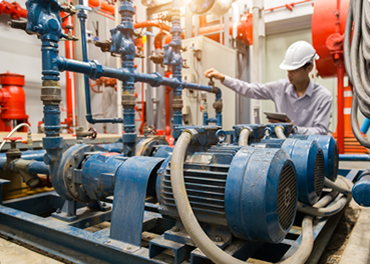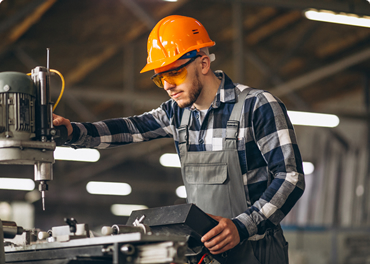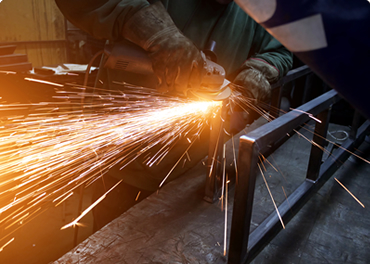Pressure Relief Valves
“A pressure Relief Valve is a safety device designed to protect a pressurized vessel or system during an overpressure event. An overpressure event refers to any condition which would cause pressure in a vessel or system to increase beyond the specified design pressure or maximum allowable working pressure (MAWP). he primary purpose of a pressure Relief Valve is protection of life and property by venting fluid from an overpressurized vessel. Many electronic, pneumatic and hydraulic systems exist today to control fluid system variables, such as pressure, temperature and flow. Each of these systems requires a power source of some type, such as electricity or compressed air in order to operate. A pressure Relief Valve must be capable of operating at all times, especially during a period of power failure when system controls are non-functional. The sole source of power for the pressure Relief Valve, therefore, is the process fluid.”
Hydraulic Values
- Safety Relief Valve
- Pilot-operated Pressure Relief Valve
- Power-actuated Pressure Relief Valve
- Temperature-actuated Pressure Relief Valve
- Vacuum Relief Valve
